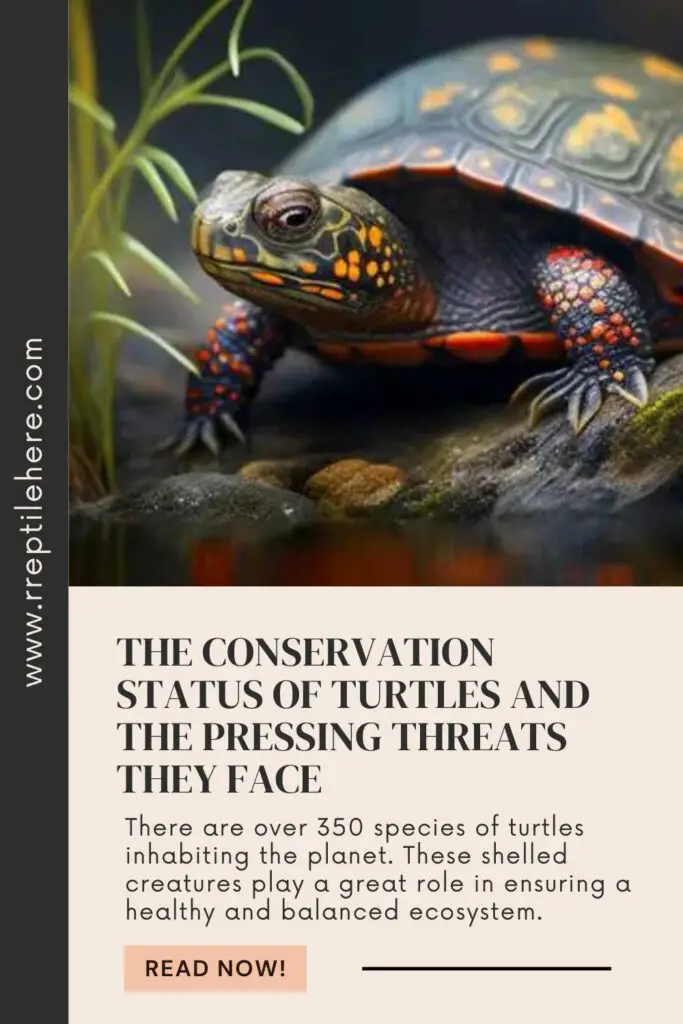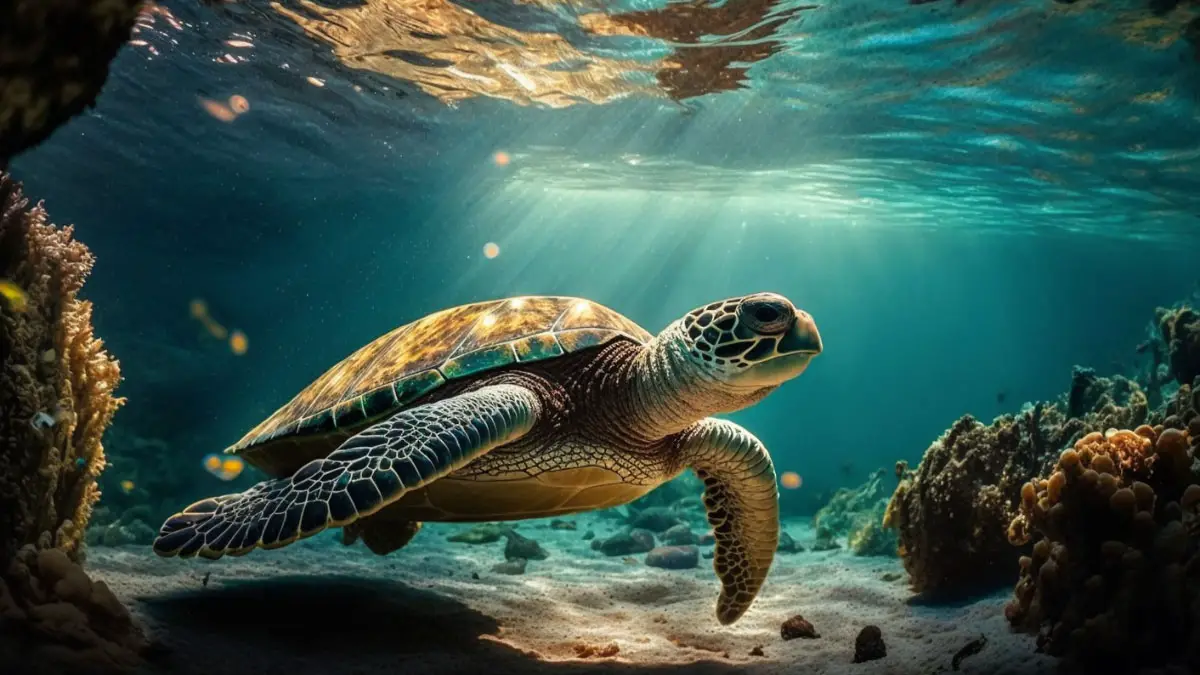The Conservation Status of Turtles and the Pressing Threats They Face
There are over 350 species of turtles inhabiting the planet. These shelled creatures play a great role in ensuring a healthy and balanced ecosystem. Unfortunately, their numbers are on the decline as most of them are under threat from humans as well as natural causes in their habitat.
This article takes a closer look at different turtle species and their endangered statuses and factors contributing to their declining populations. We have also touched on efforts being put in place to help conserve and protect the turtle status.
What is the current conservation status of turtles?
Contents
Planet Earth is inhabited by 350+ species of turtles. Unfortunately, a large number of them (up to 187 species, to be precise) is facing threat to their survival due to numerous threats they’re facing in the wild.
This is according to the International Union for Conservation of Nature (IUCN) Red List criteria. (Source).
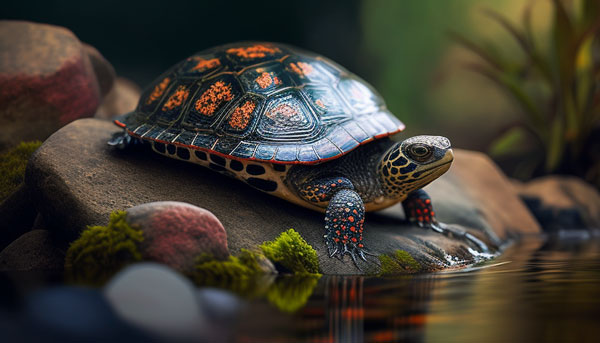
Out of the 187 endangered turtle species, 127 of them are either endangered or critically endangered—which means they face the highest risk of becoming extinct.
This is to say that more than 1/7 of all the turtle species on the planet risk being extinct if massive conservation efforts aren’t implemented.
What are some of the endangered species of turtles?
Some of the endangered turtle species in the United States include:
- Kemp’s Ridley Sea Turtle
- Olive Ridley
- Hawksbill Sea Turtle
- Leatherback
- Green sea turtle
- Spotted turtle
- Bog turtle
- Blanding’s turtle
- Barbour’s Map Turtle
- Cagle’s Map Turtle
- Sonoran Desert Tortoise
- Mojave Desert Tortoise
- Gopher tortoise
- Northern Western Pond Turtle
- Southern Western Pond Turtle
- Diamondback terrapin.
These turtle species appear on the IUCN Red List and have conversation statuses of vulnerable, endangered, near threatened, and critically endangered.
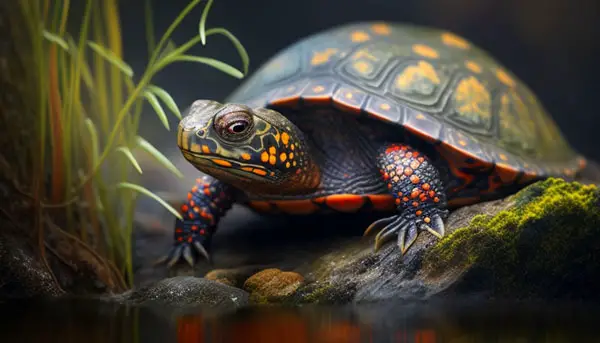
All sea turtles are currently threatened and endangered (Source). Data from recent estimates show that the total number of sea turtles in the world stands at 6.5 million, with the numbers varying from species to species.
The hawksbill species for instance range from 57,000 to 83,000 species left in the oceans. Some critically endangered species like the Kemp’s ridley and the fatback species have even lower numbers of up to less than 10,000 for each turtle species.
What threats do turtles face in the wild?
As we have mentioned before, the reason the population of turtles is declining to the point of the species becoming extinct is due to various threats they face in their natural habitats in the wild. These treats can either be human-caused or completely natural.
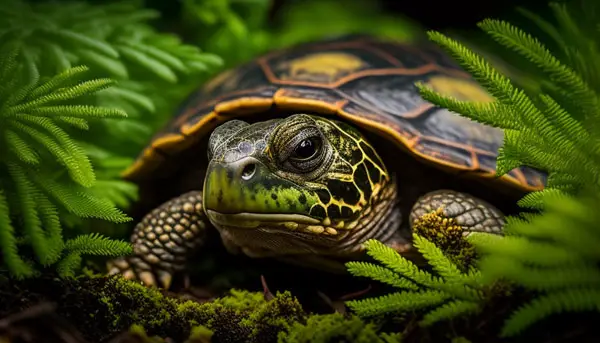
Let’s discuss each of these types of threats below:
Human threats:
These are threats to turtles caused by human interference:
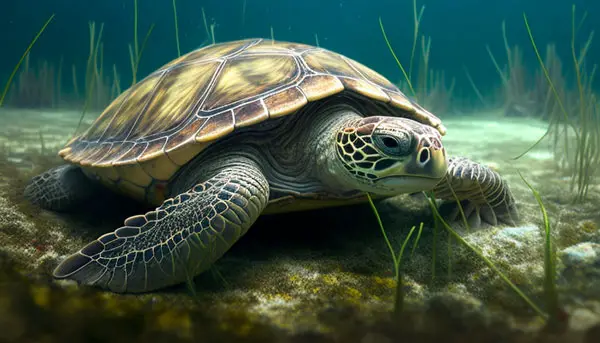
Ocean pollution
Chemicals, trash, plastics, and other pollutants from human activities that find their way into the ocean cause injuries, illnesses, and even death to sea turtles.
The population sources can range from fishing nets to cruise liners, fertilizer runoff from farms, etc.
It is also estimated that 90% of the approx. 6 million tons of waste that enter the ocean is made up of plastic.
The turtles may get entangled in this plastic waste or even ingest them and develop serious digestion issues.
Coastal development
Coastal developments have led to the degradation of sea turtle habitats, including the shorelines and nesting grounds.
Seafloor dredging, construction, vessel traffic, and alternation of vegetation are some of the coastal development activities by humans that interfere with sea turtles’ habitat.
Hunting/overfishing
The fact that sea turtles serve as food as well as having spiritual significance in some cultures also leads to overfishing in states that allow the animals to be hunted.
Illegal poaching is also rampant in many other areas of the wild as they hunt these creatures for oil, shell, leather, etc.
Pet trade
The demand for different turtle species in the pet market has led to the illegal poaching of these animals in the wild. This can hurt their population. This is especially the case for already endangered species.
Pet turtles that end up being released into the wilds they’re non-native to present a threat to the native turtle populations as they compete for food and other resources and possibly leading to their population decline.
Artificial lighting
Light pollution also disrupts the nesting activity of sea turtles. It also minimizes the survival chances of the hatchlings as it drives them away from the sea and deep into land where they succumb to exhaustion, road accidents, and predation.
Natural threats
The natural threats turtles face in the wild include:
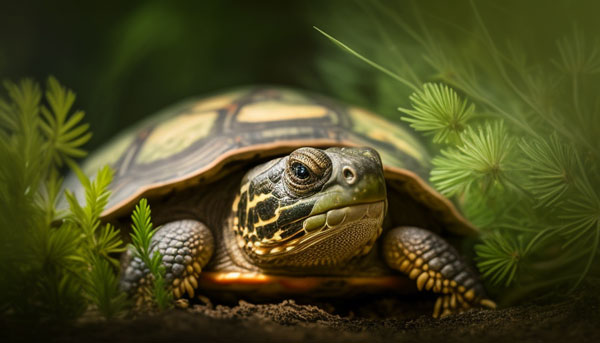
Climate change
Climate change causes a rise in temperatures which significantly impacts the gender ratio of sea turtles.
As the incubation temperatures increase, more eggs are likely to hatch into female turtles, decreasing genetic diversity and reducing reproductive opportunities for the turtles.
Melting ice caps due to climate change also causes the sea water levels to rise and causes beaches to start disappearing due to erosion. Beaches are nesting grounds for sea turtles.
Increasing temperatures are also predicted to cause stronger storms such as cyclones and hurricanes which further leads to erosion of the coastal habitats.
Changes in the ocean currents pattern will also affect the migration routes of sea turtles. This will push them away from their feeding areas and impact their mating and nesting behaviors. Plus, it will expose them to more risks resulting from human activity.
Natural predators
Turtles face predators in their natural habitats, including carnivores fish, birds, etc., which are a threat to their survival. Other animals such as raccoons invade their nests and feed on the eggs that they lay or hatchlings.
Diseases
Just like pet turtles are susceptible to various diseases, turtles in the wild also fall ill which can cut short their lifespan since they’ve got no vet care in their natural habitats. Some diseases may also quickly spread among turtles in the wild and cause mass mortalities.
Invasive species
When invasive species enter areas where they aren’t found naturally, they start competing for space, food, and other resources with the native turtle species.
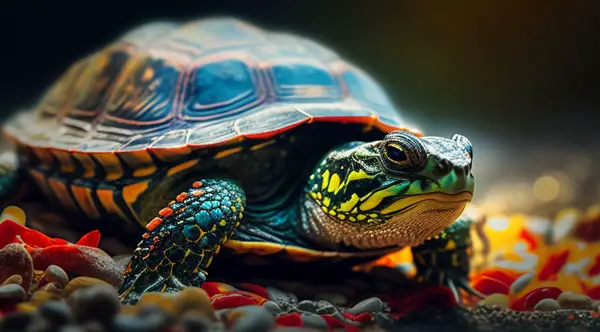
Some of these species also become predators that feed on the turtles, threatening their population.
What efforts are being put in place to help conserve and protect turtles?
Efforts have been put in place in many regions of the United States help to counter the threats faced by turtles and help save the declining populations of turtles.
Case in point, many turtle conservation laws have been adopted in many states that control hunting, trading, and other activities that pose a threat to the turtle populations. Click this link to see the turtle laws by state as of January 1, 2015.
Turtle breeding programs have also been put in place to help bring back the turtle populations that have been decimated. These programs involve breeding the turtles in captivity and eventually releasing them into the wild. These programs not only help increase the turtle populations but also help with their genetic diversity.
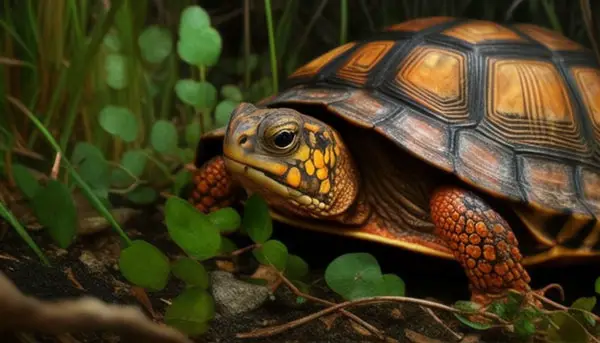
Measures have also been put into place by relevant bodies in various states to help conserve/restore the habitats where various turtle species can survive, including wetlands, beaches, etc.
Scientists and conservationists have also increased their research and monitoring of various turtle species to help them understand their behavior. This puts them in a better place to identify their most significant threats and come up with the best ways to save them.
Above all, education and outreach programs are being rolled out to sensitize people about the important role turtles play in our ecosystem and the need to save them. This helps the citizen join conservationists in protecting the turtles.
Final Verdict
Turtles play a critical role in ensuring a healthy and balanced ecosystem so they must be conserved by all means. The numbers of many turtle species have been on a downward trend which is a cause for concern. The threats these turtles face in the wild that threaten their survivability include pollution, coastal developments, natural predation, climate change, the invasive species threat, illegal poaching, and the pet trade.
Fortunately, many states have put conservation laws in place to help save the turtles from potential extinction. Additional steps taken include breeding programs, turtle habit conservation, and increased research and monitoring of turtles on the best ways to save them.
